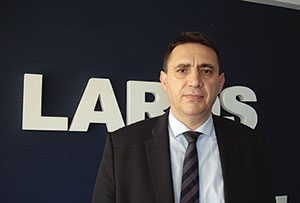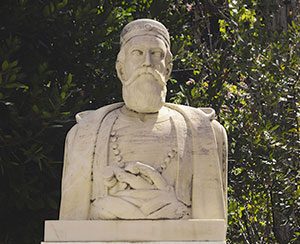New innovative collaborations

«Prisma Electronics is constantly investing in human resources and especially in new scientists, giving the opportunity to engage in the development of state-of-the-art technologies in cooperation with leading research institutions around the world. For instance, a research project has recently Διαβάστε περισσότερα – Read more





